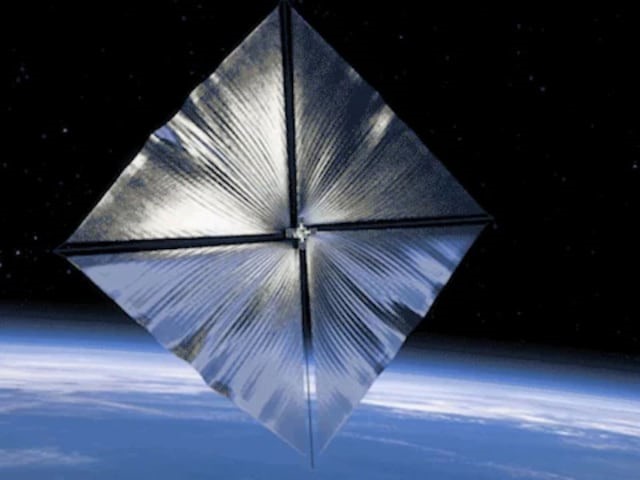Free Courses Sale ends Soon, Get It Now


Free Courses Sale ends Soon, Get It Now



Source: News18
Disclaimer: Copyright infringement not intended.
Context
Details
Solar Sailing
Advantages
CubeSats
History:
Structure:
Propulsion
Types of Propulsion Systems:
Chemical Propulsion:
Electric Propulsion:
Nuclear Propulsion:
Solar Propulsion:
Other Propulsion Systems:
Principles of Propulsion:
Sources:
|
PRACTICE QUESTION Q. Discuss the significance of propulsion systems in space exploration and their contribution to advancing human understanding of the universe. (250 Words) |
© 2024 iasgyan. All right reserved